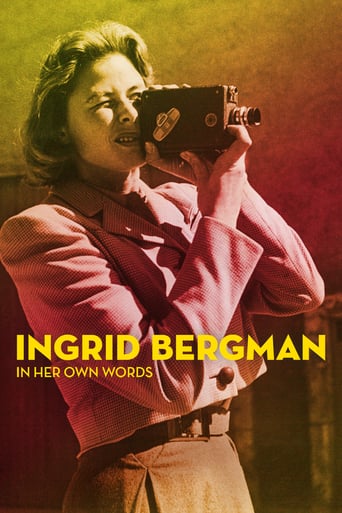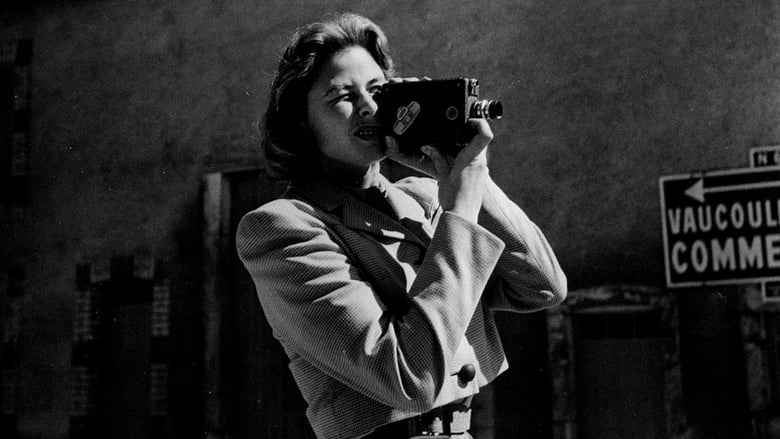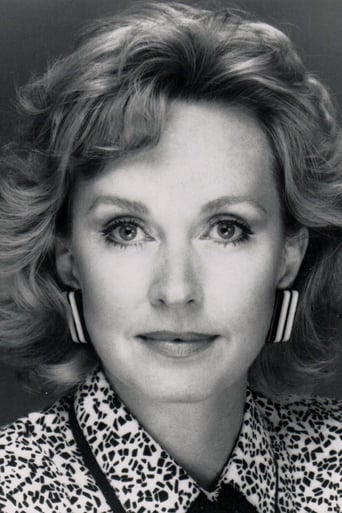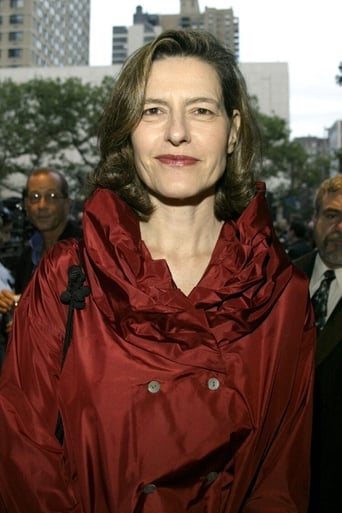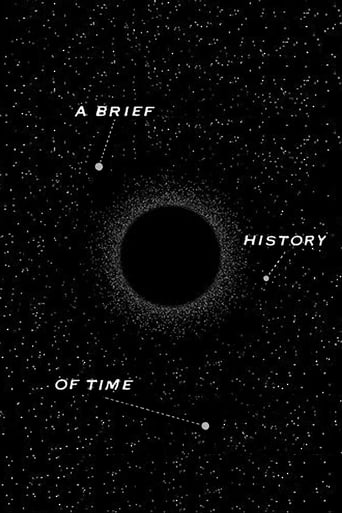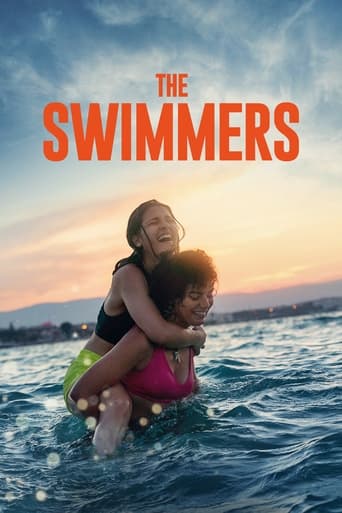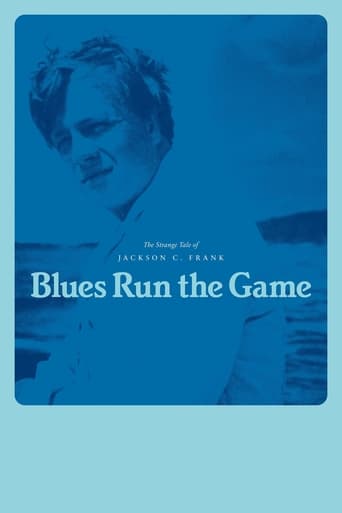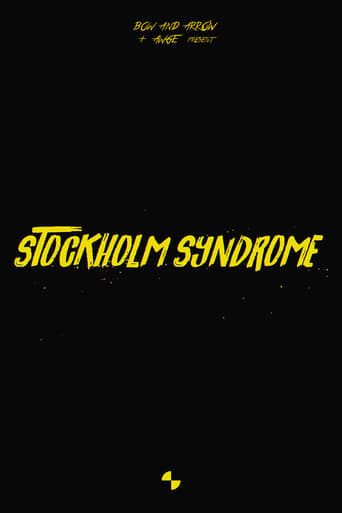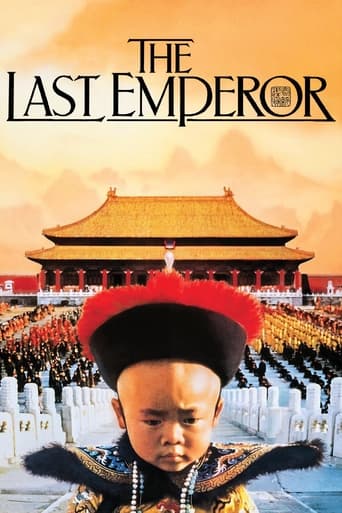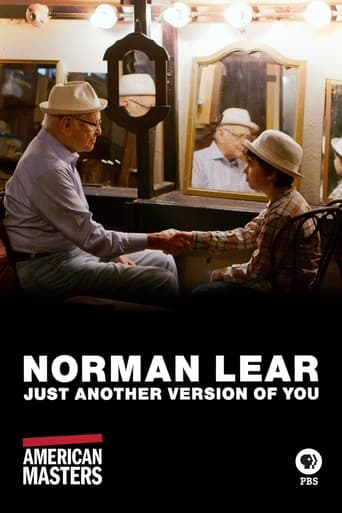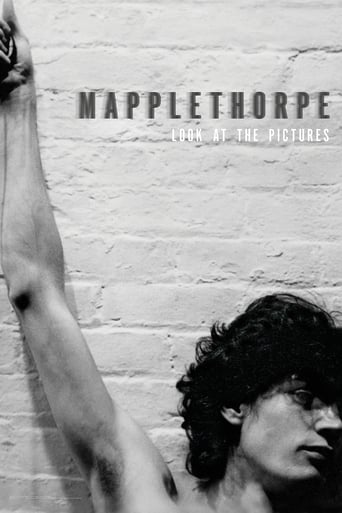Ingrid Bergman: In Her Own Words (2015)
A personal and captivating account of the extraordinary life and work of Ingrid Bergman (1915-82), a young Swedish woman who became one of the most celebrated actresses in world cinema.
Watch Trailer
Cast
Similar titles

Reviews
Plenty to Like, Plenty to Dislike
By the time the dramatic fireworks start popping off, each one feels earned.
Although I seem to have had higher expectations than I thought, the movie is super entertaining.
There are moments in this movie where the great movie it could've been peek out... They're fleeting, here, but they're worth savoring, and they happen often enough to make it worth your while.
Ingrid Bergman: In Her Own Words, through her own title, wishes to give the main idea of the documentary, besides a posthumous tribute made by the person who is alive, her desire is that the central figure (Bergman) Own and pictures too. Such images were, therefore, a confessable passion of the actress, who manifested herself as a child when her father recorded her daughter on a daily basis.After her father's death, Ingrid continued the records on her own, altering only the order of her captures, it was she, who now assumed the records of various moments and of the various people she met in her life.Directed by the Swedish Stig Björkman, the documentary partially fulfills its promise, and the reason is soon unattainable, since without the presence of Bergman to talk about his life and also by the focus that the actress directed his letters and his diary, almost was little About his career, about his work and what causes a certain astonishment, since this was notoriously his greatest pleasure and where he felt happier. His records were largely concerned with the death of his mother and his brothers at an early age, and of the only figure he had left, but also of his father. Then his records are focused on the love life followed by the life of the four children, these being, figures that add a great part and time in the writing of the actress.Thus Bergman's words presented through a rich collection of images and home movies, is the strongest and most interesting element of the documentary, which extracts through interviews, archives and diaries of the Swedish star, the voice (own) Of the figure-character.The lack of any significant research on performance styles is appreciably felt, particularly due to the very different methods of its principal directors: George Cukor, Alfred Hitchcock, Robert Rossellini, Jean Renoir, Stanley Donen, Ingmar Bergman. There is some slight personality analysis - she was led, she was shy, "love came through the lens of the camera," she was brave - and the four children painted an attractive portrait of her largely absent mother. However, the psychological depth, Bjorkman, maker of documentaries like "Ingmar Bergman" and "Lars von Trier", barely goes beyond the level of a portrait of the Channel Biography. As such, Bergman is actually very difficult to read, and we are drawn to it even more because of it.With so much reference material at his disposal, Björkman can not overcome this mystery entirely, but what he does quite elegantly is to explore the mixed feelings of these four surviving children, all of which make it clear how fun it was and also give Light for the mother's felt absence at the desire of the actress in love with the craft.Perhaps there is nothing radically new to those with some knowledge of Ingrid Bergman's story of many other biographical TV portraits, but this is still a worthy door-to-call for all the curious about one of the greatest icons of cinema.
There is not much to add if you know something about Ingrid Bergman before. She had a glamorous life in Hollywood but wanted some more, and met the director Rosselini from Italy and there was Love - and some movies.After a decade in American films, she starred in Roberto Rossellini's Stromboli (1950), following the revelation that she was having an extramarital affair with the director. The affair and then marriage with Rossellini created a scandal in the US that forced her to remain in Europe for several years, when she made a successful Hollywood return in Anastasia (1956), for which she won her second Academy AwardThere is so much to tell about her life so I recommend Wikipedia for a more complete story about her life.During the time with Rosselini she was more or less banned from Hollywood. Her first husband was Petter Lindström (1937–1950) SwedenRoberto Rossellini (1950–1957) Italy Lars Schmidt (1958–1975) Sweden She died 29 August 1982 (aged 67) London, England Cause of death Breast cancerShe used to stay on a private island outside Fjällbacka on the Swedish west-coast, "Dannholmen" that I visited when I was a teen, but she was not at home, it's a very beautiful island/part of Sweden.In the Swedish version there is Alicia Vikander that are the teller of this story, and she seems to be another well worthy Swedish actress export to Hollywood, but that is of course up to her.
Greetings again from the darkness. A seven time Oscar nominee and three time winner. One of the best known and most beloved actresses of all-time. Fifty year acting career. Died at age 67, mere weeks after her final performance. These are all bullet points to highlight Ingrid Bergman, the cinematic icon. However, documentarian (and fellow Swede) Stig Bjorkman pays little attention to the icon, and instead focuses on the woman.What sets this apart from many biographical portraits is Bjorkman's access to Bergman's diaries, journals, personal letters, photos, home videos, and most importantly, interviews with her four children: Pia Lindstrom, Roberto Rossellini, and twins Isabella and Ingrid Rossellini. It's a treasure trove of memories, documentation and insight into a woman who lived life on her own terms often in direct opposition to what societal norms dictate. The film neither defends nor celebrates her free spirit; it simply reports it and allows us to sit in judgment, should we be so inclined.One of the best clips is young Ingrid's screen test where her natural beauty radiates on screen, and her expressive eyes make it obvious why David O Selznick recognized her star quality. But there are numerous other clips and photographs which show her mostly involved with her family one of her husbands and some combination of her kids. Not fitting into the typical "motherly" box, Ingrid spent an enormous amount of time away from her kids as they were growing up. She clearly loved them very much, as evidenced by the words in her diaries and letters, and the visuals from their time together. And the interviews with her children today make it obvious they viewed her as a fun friend, rather than the nurturing mom.Another aspect that is crystal clear is the ambition and drive possessed by Ingrid. She even states "no one can have everything", and her actions and words make it obvious that acting was what brought her to life – whether on screen or on stage. It never took long on the home front for her to feel the pull of her true adventurous nature, and soon enough she was back on a movie set leaving the kids behind.Specifics of her movie career are mostly glossed over. Casablanca has a quick segment, as does her time with Alfred Hitchcock. Instead, we get a broad perspective of the scandal that rocked the movie world a pregnant Ingrid left her first husband (Petter Lindstrom) for her director-lover Roberto Rossellini. For the times, this was extreme impropriety and there were even boycotts of her films. No place was harder on her than the United States. Absolutely unapologetic and without remorse, Ingrid took her career to Europe. Ingrid and Roberto had three kids together, and since history has a way of repeating itself, it was only a matter of time before Roberto was with his pregnant girlfriend in India, and Ingrid moved on to producer Lars Schmidt (and his private island).The most impact from the timeline comes courtesy of the four adult children as they recall the extended times away from their mother, followed by memorable and fun stints together. Of course, they have each had many years to come to terms with a mother who frequently chose pursuing her career dreams to spending time with them. Imagine having a mother who said "I belong more to the make-believe world of theatre and film". It can make you tough and independent, or it can have the opposite effect. We hear each of them discuss.This is the wrong place to look for a career retrospective of Ingrid Bergman the actress, but it's an intimate and fascinating look at a woman who understood what was important to her, and refused to be ruled by societal expectations. Young Swedish actress Alicia Vikander provides voice-over for much of Ingrid's written word, but it's Ms. Bergman's actions and the insight from Pia, Roberto, Isabella and Ingrid that complete the full portrait of a most unusual woman. Ms. Bergman died in 1982 (age 67), just weeks after her final role in the TV movie "A Woman Called Golda"... a fitting portrait of another woman who lived life by her own rules.
Swedish author, screenwriter, film editor and director Stig Björkman's documentary feature which he wrote with screenwriters Stina Gardell and Dominika Daübenbuchel, is inspired by his chance meeting with a daughter. It premiered in the Cannes Classics section at the 68th Cannes International Film Festival in 2015, was shot on locations in and is a Sweden-Germany co-production which was produced by producer Stina Gardell. It tells the story about a Swedish daughter, sister, student, mother, wife and author who was born in Stockholm, Sweden in the early 1900s, almost a century after the birth of a Swedish 19th century opera singer known as the Swedish Nightingale, into the reign of King Gustav V (1858-1950) and the First World War (1914-1918) when a Swedish MP named Hjalmar Hammarskjöld (1862-1953) was prime minister, as the third child of her German mother named Friedel Adler and her Swedish father named Justus Bergman who was a photographer and painter.Distinctly and subtly directed by Swedish filmmaker Stig Björkman, this quietly paced documentary which is narrated by a Swedish actress and dancer, through diary notes and mostly from the person in question's point of view, draws a lyrically literary and informatively abridged portrayal of a person who in the early 1930s was admitted at the Royal Dramatic Theatre's acting school (1787-1964) in Stockholm, Sweden, met a physician named Petter Lindström, made her acting debut, went to Berlin, Germany where she was offered to do a film regarding a French 18th century seamstress named Charlotte Corday (1768-1793), met an American talent scout in New York, U.S. named Katharine Brown Barrett (1902-1995), in the 1940s became the first Scandinavian actress to be acknowledged with the Academy Award for Best Actress in a Leading Role, was chosen by an American author surnamed Hemingway for a lead role in an adaptation of one of his literary works and who once said: "If you don't like the performance you can walk out " While notable for its versatile and atmospheric milieu depictions and reverent cinematography by cinematographers Eva Dahlgren and Malin Korkeasalo, this narrative-driven story about cinema history and one of its brightest stars where interviews with her children, collaborating actresses, a film historian and friends paints a majestic portrait of a renowned Swedish 20th century theatre and film actress, autobiographer, recipient of the Swedish Illis Quorum medal and fleeting bird who lived and worked in the United States, France, England and Italy and where a Swedish singer sings: " Jäg sjunger filmen om oss " or " I sing the film about us " contains a great and timely score by composer Michael Nyman.This historically and biographically heartrending retelling of real events which is set in Sweden, USA, France, England and Italy in the 20th century and where a radically transcending human being who as a three-year-old was introduced to her aunt named Ellen, and who in the late 1970s, more than three centuries after a French 17th century philosopher who once lived in the Swedish Empire (1611-1721) published an essay called "Discourse on the Method" (1637), started shooting a feature film with a Swedish filmmaker and a Swedish actor surnamed Josephson in Norway is described by her beloved named Pia, Roberto, Isabella and Isotta Ingrid, is impelled and reinforced by its fragmented narrative structure, rhythmic continuity, archival footage, home video recordings, photographs and comment by Ullmann: "I think she represents that which the woman's struggle for liberation is about." An extraordinary documentary feature which gained a Special Mention at the 68th Cannes Film Festival in 2015.
